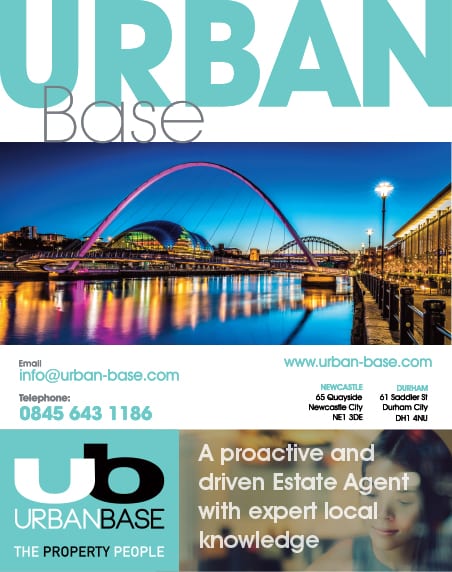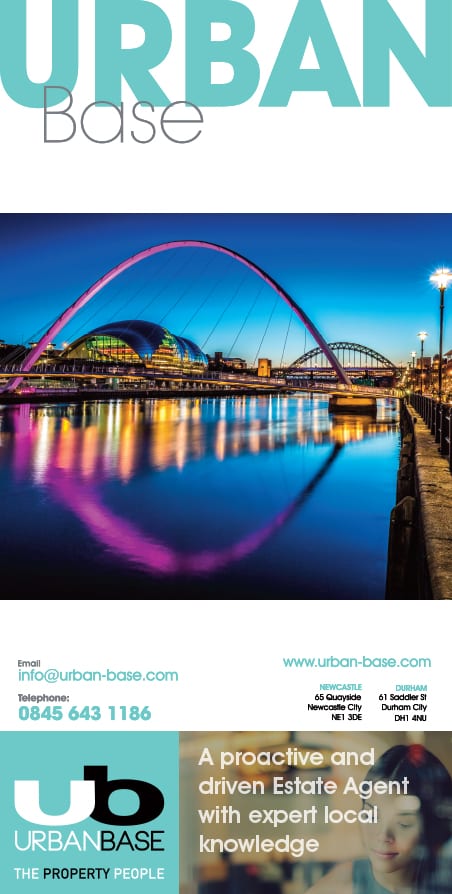There has been a lot of debate recently about the issues that off-line retailers - those with physical shops - are suffering because of offline sales and how this is affecting what is commonly known as just the "High Street
I recently was involved with the re-rating of a pub/restaurant business in Newcastle, and the settlement agreed with the Valuation Office is relevant to this. The business in question was valued by the Valuation Office as a restaurant whereas our argument was that it was a pub. I won’t go into great detail, save to say that the Valuation Officer agreed that it should be valued both ways, firstly as a restaurant and secondly as a pub, with the bases of calculation adjusted to come to a similar figure. The result in this case was a reduction in Rateable Value of 39% for my client – but a fair settlement in my view. The point of this is that the occupation costs of a High Street shop are considerably higher than those of a warehouse. I done some research to back up my assertations and I’ve given examples below, together with my solution which I think would go some way towards levelling up the difference between online and offline retail sellers. I am discussing this with an interested Member of Parliament and so watch out – you may see it take shape one day in the not too distant future. By way of example, I looked at Crowther Industrial Estate where there are number of shops trading from what were built as factory/warehouse units. The Rateable Values are based on figures around £40-£47 per square metre. Rents are a similar price. I also looked at Spout Lane in Washington and although the shops are valued on a different basis, taking rates back to a basic per square metre rate figures seem to be between £64 and £76 per square metre. Rents here are around £80 per square metre. So a small shop of say 120 square metres might cost £11,000 a year on Crowther and £18,000 a year on Spout Lane. I do accept that Spout Lane is likely to be busier than Phoenix Road – although I will contend not that much busier. Readers will note that I’ve not used the Galleries Shopping Centre or any other town centre shop, merely something that I feel is closer to being comparable. Going back to the pub/restaurant argument, I feel there is a need to differentiate in the warehouse market. In the ‘old world’, warehouses held very large quantities, to be supplied in large quantities to retailers, who in turn supplied single or small quantities to customers. The sales chain was B2B2C. However, the traders from Crowther Industrial Estate and “big boys” such as Amazon are using warehouses in much the same way as dark kitchens in the restaurant trade to act as almost a backstreet traders without the overheads of even a backstreet shop. The chain has been shortened to B2C and most of the overheads of the middle B have gone. This gives a significant advantage over High Street retailers who are lumbered with a very expensive rent and rates. I think it’s time something was done! So my proposal is that the Valuation Office should consider whether a warehouse is being used for bulk sale or for direct to customer retail – B2B or B2C. If this can be considered and B2C warehouses rated at a higher level than those trading B2B then there will be some levelling up of the playing field. I think this is overdue and necessary to reflect how shopping habits have changed in the last few years and particularly since the pandemic from March last year. What do readers think? As I said at the beginning I am hoping to get Parliament to consider this; and so I would welcome the views of other property professionals as well as retailers and customers.



